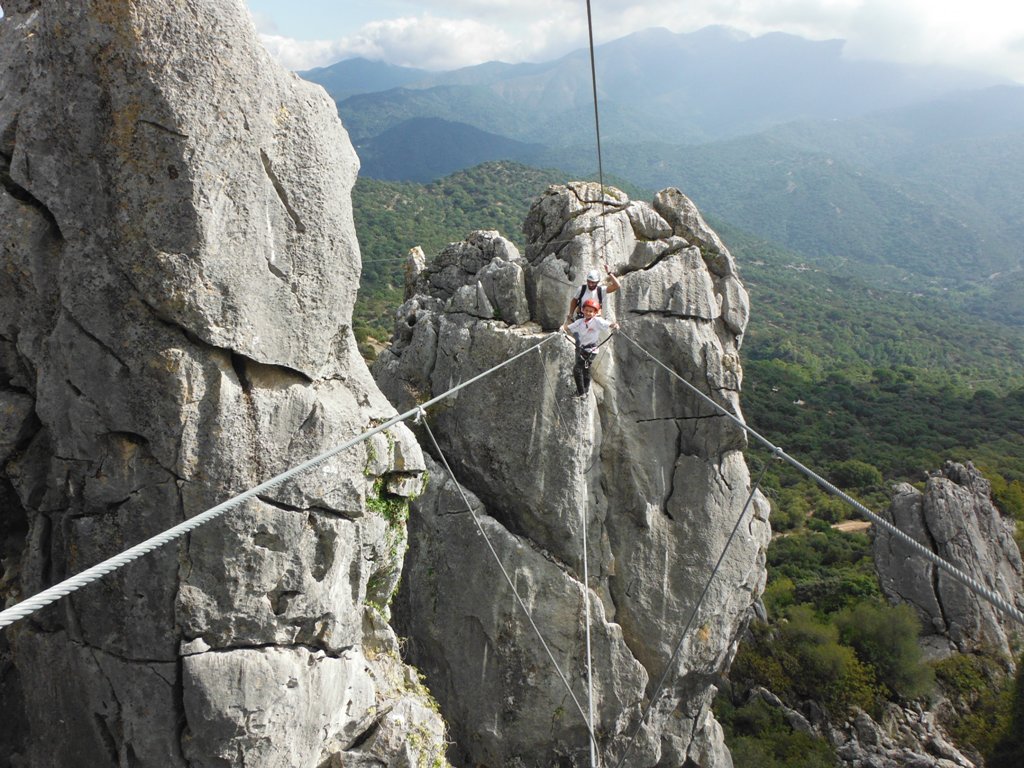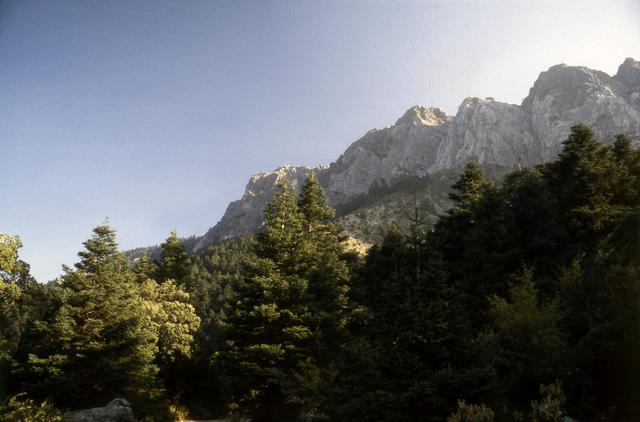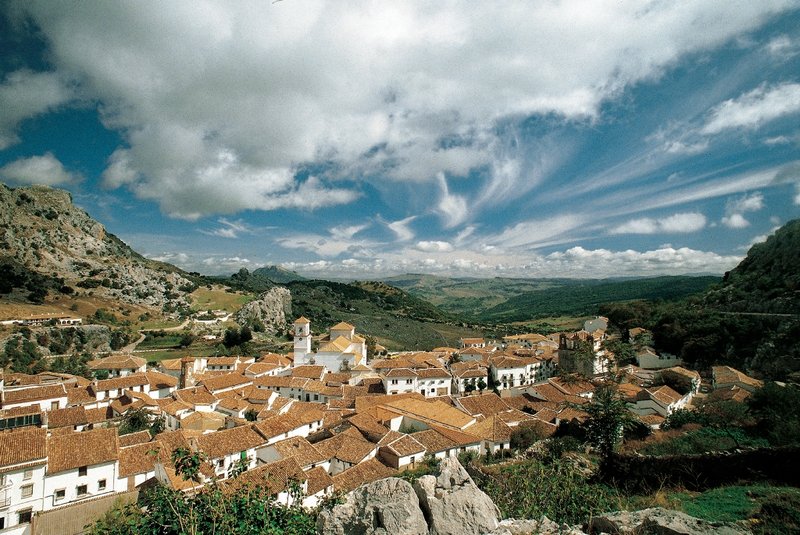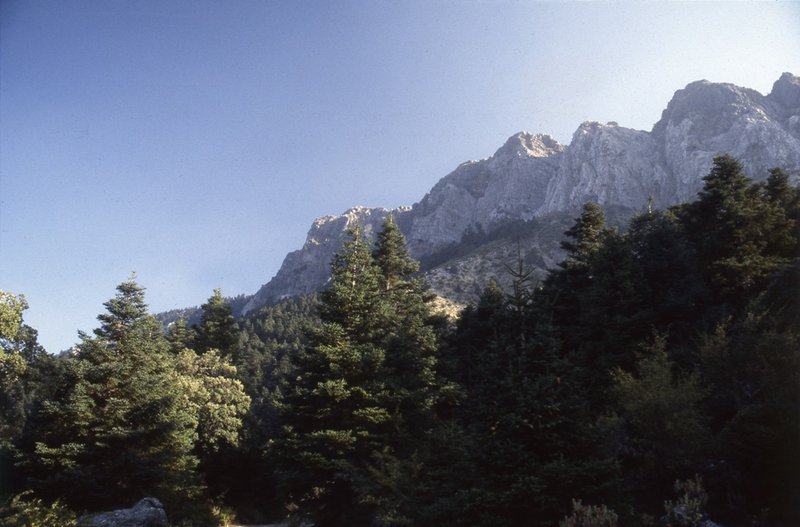Sierra de Grazalema
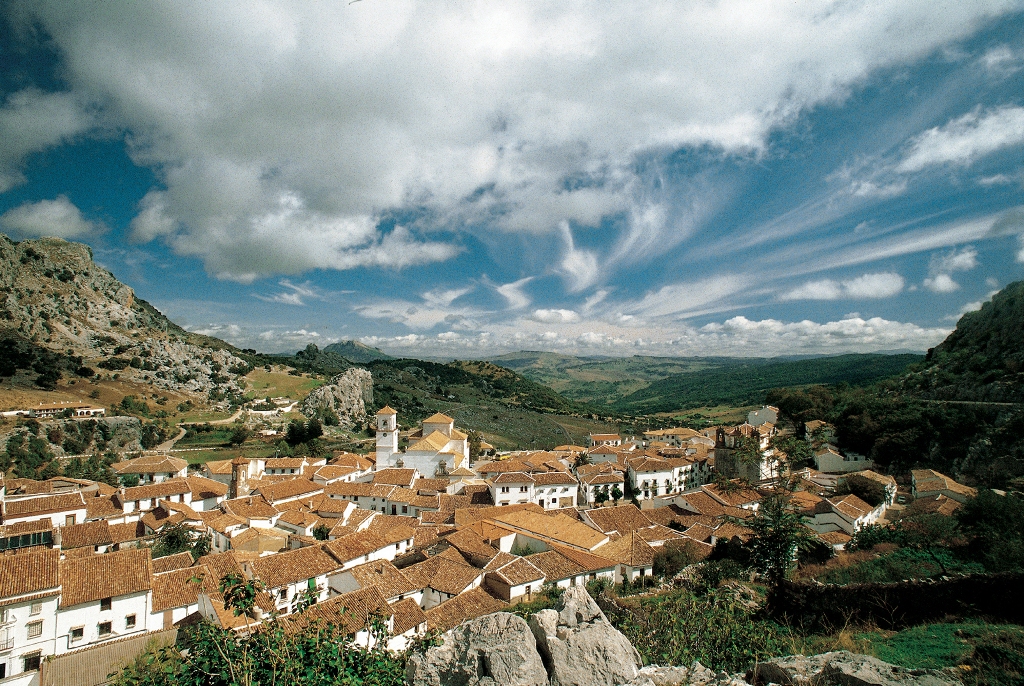
The Sierra de Grazalema rises at the feet of the ocean, a gigantic wall dotted with small white villages, firmly receiving the Atlantic storms that make this massif in the most rainy place on the Iberian Peninsula.
In the westernmost part of the Bética ranges, halfway between the provinces of Cadiz and Malaga, the rains have carved according to their own fancy one of the most rugged mountains of Andalusia. Thus, it is home to one of the largest caves of Andalusia, the Hundidero-Gato system with almost 8 kilometres of galleries and over 200 metres of slopes; housing the Sierra del Endrinal, a high limestone where spectacular active lapiaces alternates with plains; it is home to spectacular hollows and poljes, such as Líbar and Los Llanos del Republicano; and includes mountains such as Caíllo and Ubrique which create amazing formations, deep gorges -Salto del Cabrero and El Saltadero- and impressive canyons -Garganta Seca and Garganta Verde of vertical walls that reach heights of 400 metres.

















